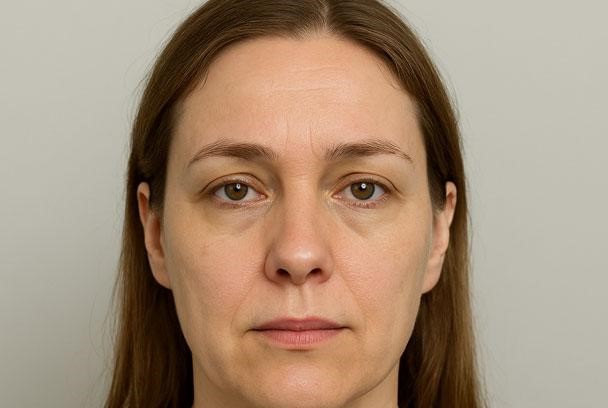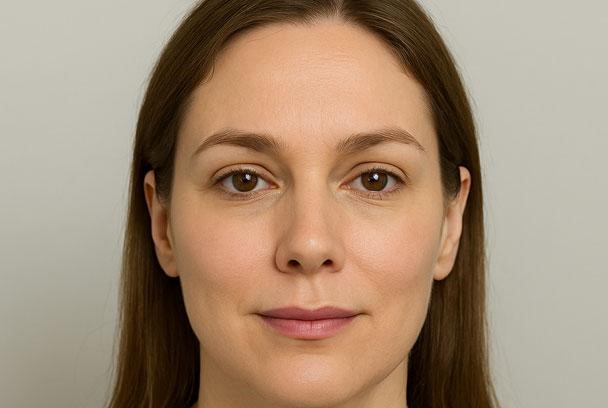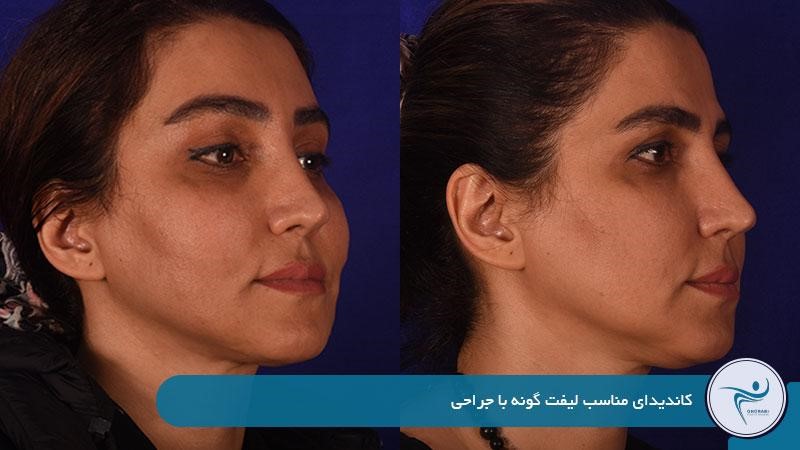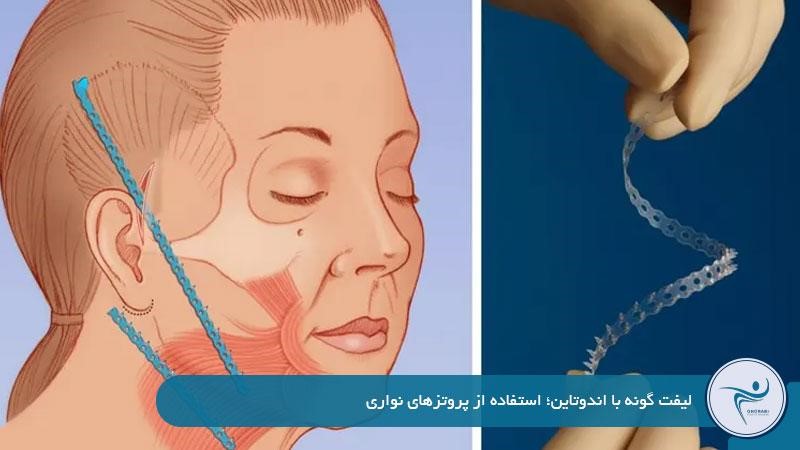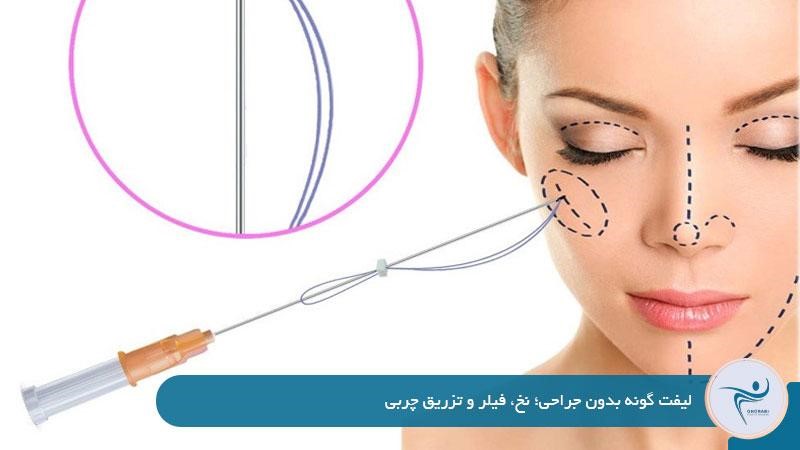Cheek lift is a cosmetic surgical procedure aimed at restoring youthfulness and prominence to the cheeks and smile lines. Unlike a full face lift, which targets mostly the lower face and neck, this surgery focuses specifically on the cheeks.
Cheek lift surgery is performed using three methods: prosthesis, endoscope, and endotine. These methods differ in their procedure and longevity. Before cheek lift surgery, a consultation with a specialist will determine if you are a suitable candidate. Generally, individuals with sagging cheeks, under-eye hollows, and good overall health are suitable candidates for this procedure.
Suitable candidate for cheek lift surgery
The cosmetic surgeon will first carefully assess your general health, facial structure, and expectations to determine if this procedure is right for you. Generally, you are a good candidate for cheek lift if you fall into one of the following categories:
- Your cheeks are sagging or heavy.
- You have puffy or hollow under-eye areas.
- You are in good physical and mental health.
- You have realistic expectations of the results.
- You are a non-smoker or can abstain from smoking for at least three to six weeks before and after the procedure.
Most candidates for cheek surgery using the lift method are over 40 to 50 years old, but more important than age is your current facial appearance and personal preference.
Surgical Cheek Lift Methods; Implants, Endoscopic, and Endotine.
For cheek lift surgery, depending on the method used, you may be placed under general anesthesia or local anesthesia. In this surgery, incisions are made in the cheek area, and by lifting the tissues, the shape of the face is improved.
The choice of the appropriate technique for this procedure depends on the degree of cheek sagging and the doctor’s diagnosis; it is also possible to perform a cheek lift simultaneously with eyebrow lift surgery This means you would have both cheek and temple lifts performed at the same time.
Pre- and post-operative care tips for cheek lift surgery to reduce complications and recovery time.
To reduce the side effects of cheek lift surgery and shorten the recovery period, it is necessary to consider the pre- and post-operative care points mentioned in the table below.
|
Types of Care |
Necessary Care |
| Pre-operative Preparation for Cheek Lift Surgery | Choosing an experienced and qualified surgeon |
| Inquiring about the surgeon’s history, the location of the surgery, emergency facilities, and the credibility of the medical staff | |
| Assessment of mental health and motivation | |
| Review of medications and supplements used by the physician | |
| Temporary discontinuation of certain medications (such as aspirin or herbal supplements) to reduce the risk of bleeding | |
| Post-operative Care and Recovery Period | Covering the incision areas with dressings and using drains to drain fluids if necessary |
| Need for a companion for at least the first 24 hours | |
| Receiving instructions from the surgeon (washing, medications, follow-up appointments) | |
| Controlling swelling and bruising using cold compresses and medications prescribed by the physician | |
| Avoiding strenuous activities for up to two weeks |
After surgery, you can return to light activities such as office work after one week. However, note that swelling may persist for up to 6 weeks, and some individuals may experience sensitivity when chewing food.
Cheek lift surgery side effects; potential risks of this surgery
Cheek lift, although a relatively safe surgery, like forehead lift, eyebrow lift, and other cosmetic surgeries, may have complications. These complications are usually temporary, and by following post-operative recommendations, the likelihood of their occurrence can be reduced. The most common complications of cheek lift surgery include:
- Temporary numbness in the cheek or under-eye area
- Formation of hematoma or seroma (accumulation of blood or fluid)
- Infection
- Hair loss around the incision
- Asymmetry in the final result
Regular follow-ups to monitor healing and suture removal after surgery are essential. If you experience severe bleeding, fever, unusual discharge, uncontrollable pain, or premature suture separation, contact your doctor immediately.
Cheek lift without surgery; threads, fillers, and fat injection
Non-surgical cheek lift methods, while non-invasive and requiring no recovery period, are not permanent and require touch-ups. Types of non-surgical cheek lifts include:
- Thread lift: In this method, absorbable PDO threads are inserted into the cheeks to lift the skin and reduce wrinkles. This procedure is performed under local anesthesia and has minimal side effects. The longevity of a thread lift is 1 to 2 years, and it carries risks such as infection.
- Cheek lift with gel injection: In this method, volumizing gels such as Belotero and Juvederm, and other types, are injected to enhance the cheekbones. This procedure takes about 30-45 minutes and lasts 6 to 12 months.
- Cheek lift with fat injection: This method uses the body’s own fat to fill the cheeks. There is little risk of allergy in this method, provided the fat is extracted and prepared using standard techniques. About 70% of the injected fat remains, but there is a possibility of high fat absorption and the formation of fat lumps under the skin. However, acceptable and lasting results can be achieved.
- Cheek lift with Ultherapy: This method uses ultrasound energy to produce collagen and tighten the skin. Ultherapy cheek lifts are used to address sagging skin in various areas, and the results last 6 to 12 months.
All these methods should be performed under the supervision of a specialist doctor and in consultation with a cosmetic surgeon. The biggest disadvantage of non-surgical cheek lifts is their lack of permanence. If you are looking for a permanent cheek lift, it is best to consult a doctor and consider surgical methods.
Don't forget to consult with a doctor before cheek lift surgery.
Cheek lift is a cosmetic surgical procedure aimed at restoring youthfulness and prominence to the cheeks. This surgery is performed using prosthesis, endoscopic, or endotine methods. Individuals with sagging cheeks, hollow under-eyes, and over 40 years of age are suitable candidates for this procedure.
Before undergoing cheek lift surgery, consultation with a specialist is important to assess your general health and facial condition. In this regard, Dr. Ghorabi, a cosmetic surgeon, with his experience and expertise, after performing the necessary pre-operative tests and evaluating your face and cheeks, will suggest the best method to achieve your desired results.
About DR. Ghorabi
Get to know/Meet Dr. Ghorabi.
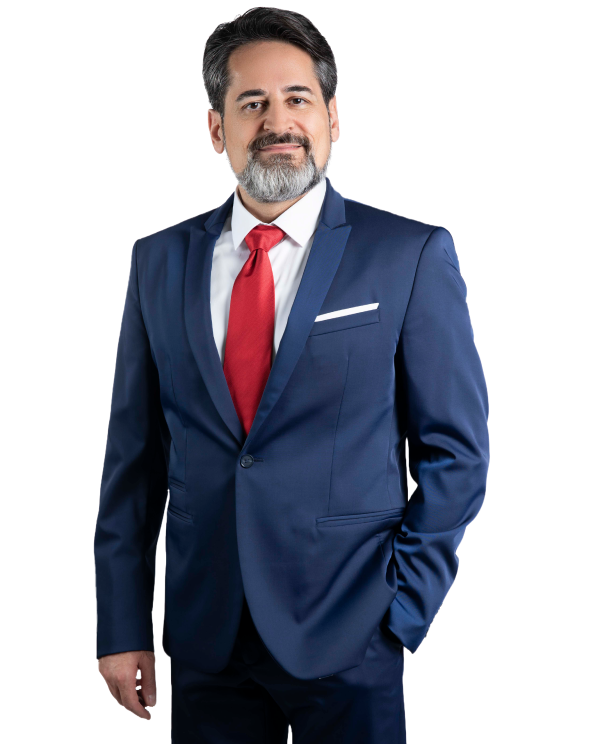
About DR. Ghorabi
Get to know/Meet Dr. Ghorabi.
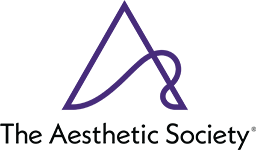
Fellow of the American Academy of Facial Plastic and Reconstructive Surgery (AAFPRS) or a similar organization such as the American Society of Plastic Surgeons (ASPS).

Official member of the International Society of Plastic and Aesthetic Surgeons
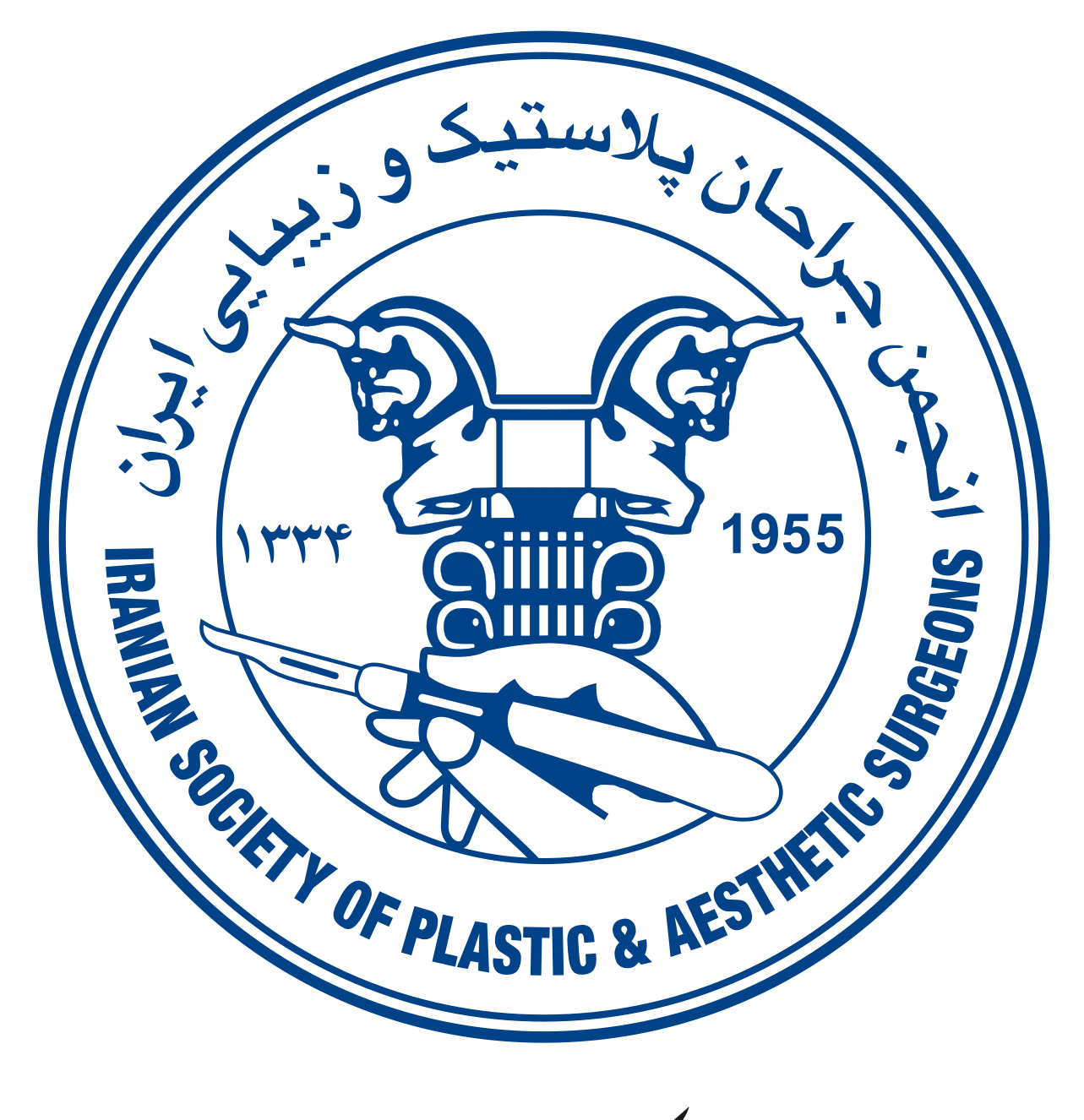
Official member of the Iranian Association of Plastic and Reconstructive Surgeons
FAQs
Who are good candidates for cheek lift surgery?
Individuals with good physical and mental health who have sagging cheeks or hollow under-eyes, and who have realistic expectations of the outcome, will be suitable candidates for this surgery.
Can cheek lift surgery be combined with other surgeries?
Yes. You can combine cheek lift surgery with face lift, neck lift, brow lift, or eyelid surgery.
What are the benefits of cheek lift?
Fast results, long-lasting effects (approximately 10 years), reduced need for frequent injections, improved self-confidence, and hidden scars are among the advantages of this method.
What are the potential risks of cheek lift surgery?
The side effects of this surgery include swelling, bruising, temporary numbness, hematoma, infection, and in rare cases, facial asymmetry.
How long does the recovery period for a cheek lift last?
The recovery period for this surgery is usually between 7 and 10 days, and strenuous activities should be avoided for at least two weeks.
